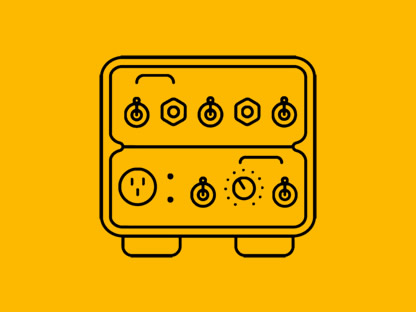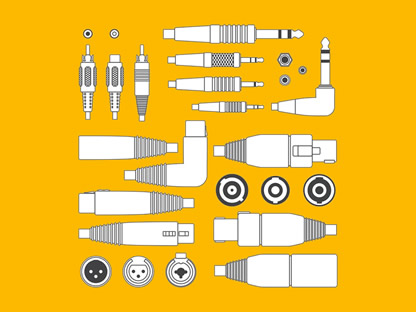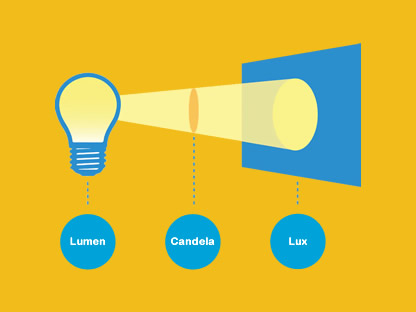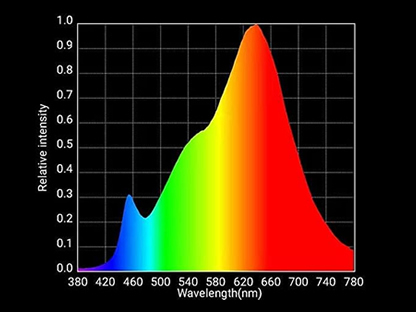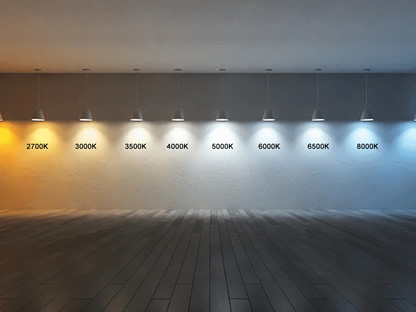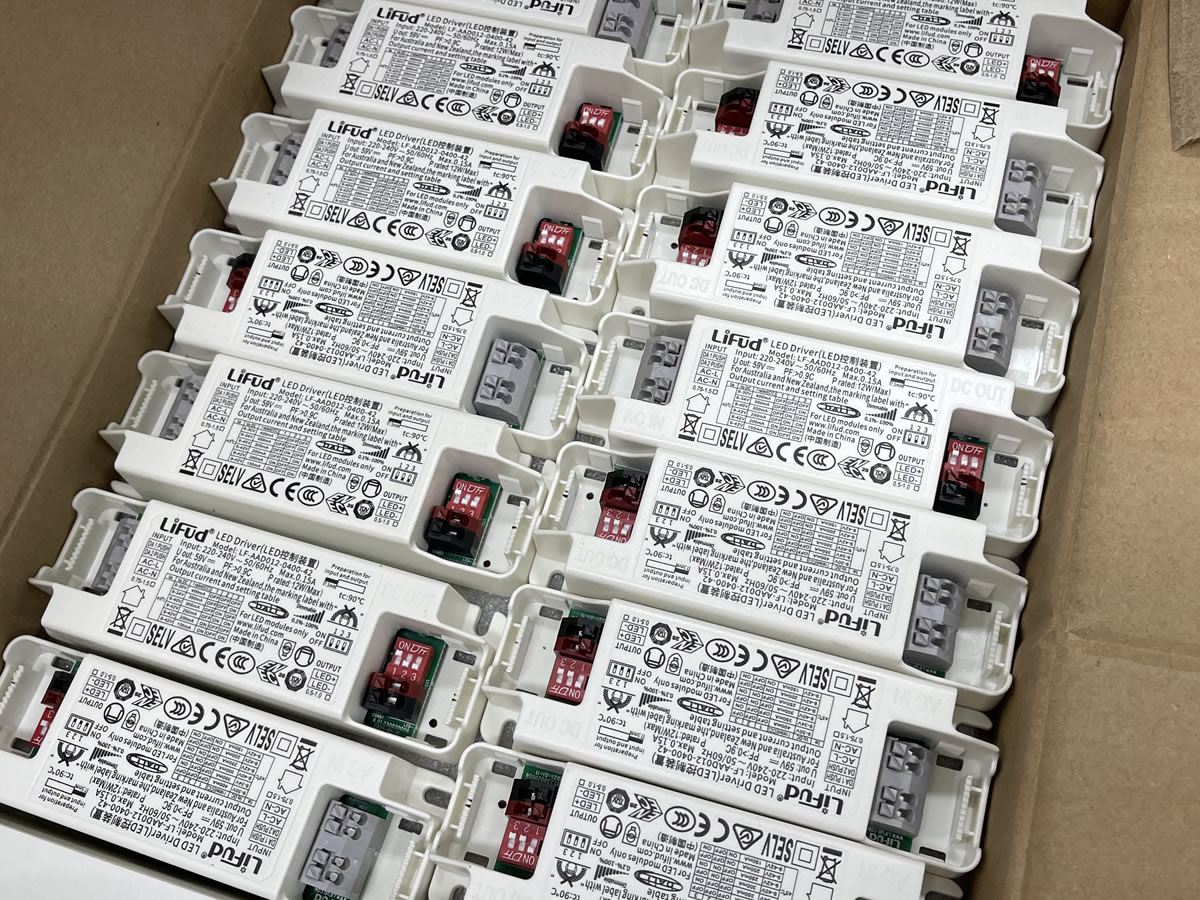
What to check when choosing a dimming lighting stabilizer
LED drivers play a crucial role in LED lighting systems. They supply the appropriate current and voltage to the LED, regulating brightness and lifespan. LED stabilizers, LED converters, and LED drivers are all terms used interchangeably for this component.
Choosing LED Drivers
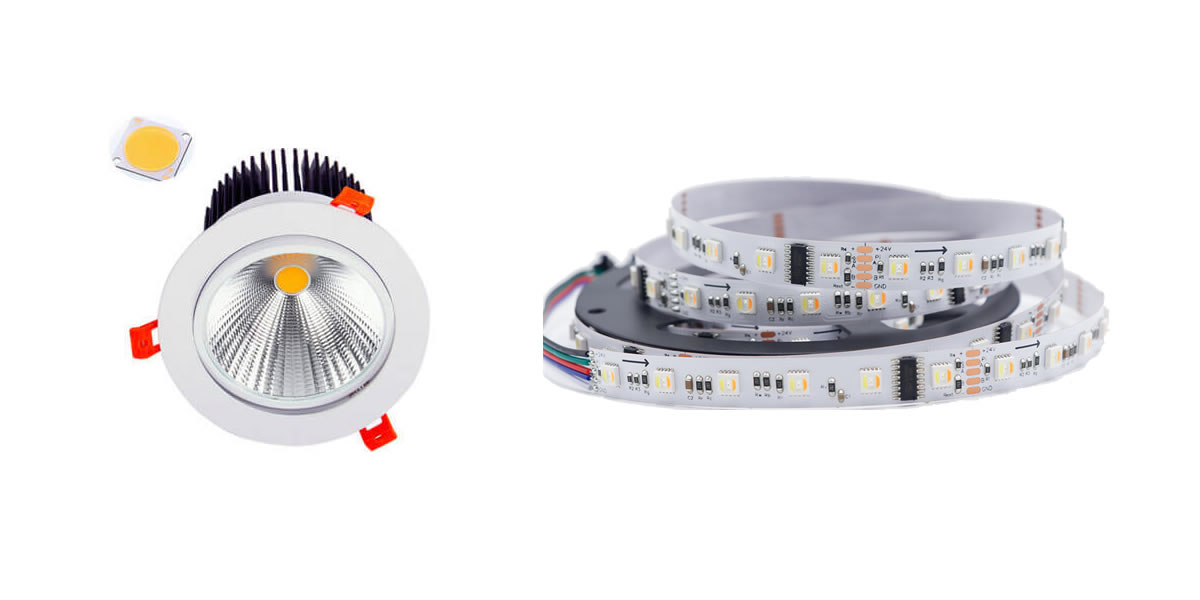
LED COB (LEFT), LED STRIP (RIGHT)
There are two types of LED lighting: LED COB (Chip on Board) and LED strip, which are different components of LED lighting systems. LED COB integrates multiple small LED chips on a single board or substrate, while LED strip consists of multiple LEDs arranged in a row on a long flexible board.
To power LED COB and LED strip, LED drivers are required. LED drivers provide power and ensure stable operation of LEDs. Since LED COB and LED strip have different LED lighting configurations, it's important to choose the appropriate LED driver for each type.
LED COB typically uses CC (Constant Current) type LED drivers. This is because LED COB requires a constant current due to its characteristics. CC type LED drivers maintain a constant current to provide stable illumination.
LED strip typically uses CV (Constant Voltage) type LED drivers. LED strip requires a constant voltage, so CV type LED drivers are necessary. CV type LED drivers supply a constant voltage to LED strips to maintain stable illumination.
LED Lighting Control
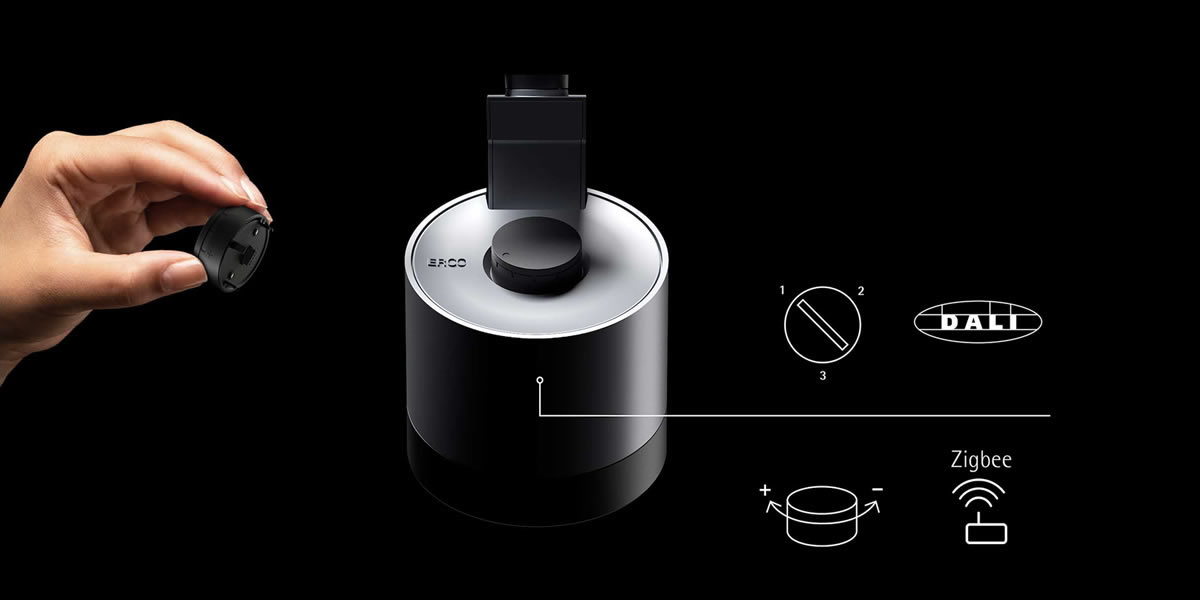
ERCO lighting from Germany, providing various controls - Dali, Zigbee, Bluetooth
LED lighting control comes in various types. There are ON/OFF methods that do not adjust brightness and dimming controls that allow brightness and color temperature adjustments. Let's introduce the commonly used LED driver dimming control methods.
DALI stands for Digital Addressable Lighting Interface, a digital method of controlling LED lighting. DALI allows precise brightness control for each driver individually (or in groups), enhancing the operational efficiency of lighting systems. It is the most commonly used method for commercial purposes.
Triac is a type of electronic switch used to adjust the brightness of LED lighting. Triac method employs dimmers (light dimmers) to implement LED dimming at relatively low cost, but precise brightness control can be challenging.
Zigbee is a low-power wireless communication technology used to control LED lighting. Zigbee enables wireless control of LED lighting, allowing remote control via smartphones, tablets, etc. It can be used to set up home IoT using Samsung Smartthings Hub.
Bluetooth is a low-power wireless communication technology used for controlling LED lighting. Bluetooth enables wireless control of LED lighting, allowing remote control via smartphones, tablets, etc.
Lighting Integrated Control
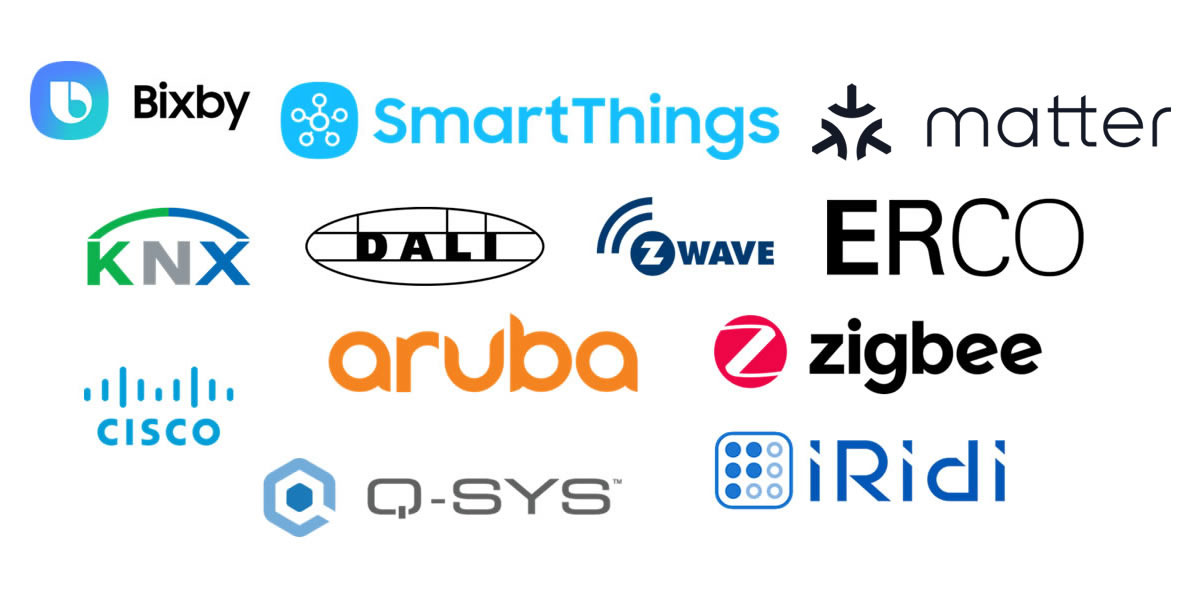
Various items used for integrated control
There are various brands and platforms available for integrated lighting control. Each brand and platform has its unique advantages and applications, and it is important to choose according to user requirements and environment.
Bixby is Samsung Electronics' artificial intelligence platform, allowing users to control household electronic devices through voice commands. In addition to integrated lighting control, Samsung Electronics' SmartThings platform enables integration with home appliances and security systems.
Seamless wireless network setup within the space is required for controlling lighting. Choosing a touchscreen-based control system enables user-friendly control of lighting and other facilities within the building.
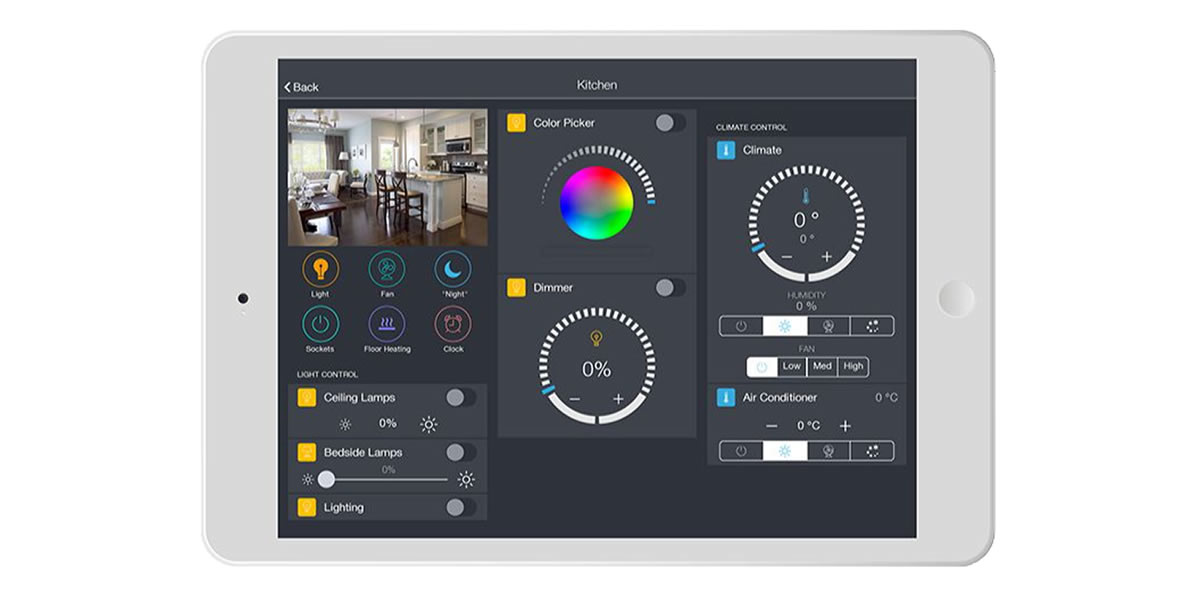
Touchscreen user interface for building lighting control
Impact of Cable Length
CC drivers can be sensitive to cable length in order to maintain current stability. Therefore, it is recommended to keep the cable length between the driver and the luminaire within 10 meters.
CV drivers, on the other hand, are not sensitive to cable length due to maintaining a constant voltage. With the use of thick cables, lengths of up to 50 meters can be used without issues. It is advisable to maintain a 3% DC voltage drop.
Cost of LED Drivers
CC drivers are available in the range of 9-42V and come in various output options such as 8W, 12W, 20W, 30W, 40W, 60W, and 80W. With DIP switch adjustment, the current range can be adjusted to match the lighting output, making them suitable for most lighting applications with four main types.
CV drivers operate at 24V, considering the DC voltage drop over cable distances, and are available in 75W and 150W options. Due to minimal price differences based on output, the 150W variant is commonly used. DALI control distinguishes DT6 and DT8 modules, each having 6 and 8 digital input channels, respectively. DT6 is used for brightness control, while DT8 is for brightness and color temperature adjustment.
Note: All drivers should be operated within 80% of their rated output.
| SPEC | PRICE |
|---|---|
| 12W DALI-2 DT6 Dimmable LED Driver | $59 |
| 30W DALI-2 DT6 Dimmable LED Driver | $63 |
| 60W DALI-2 DT6 Dimmable LED Driver | $67 |
| 80W DALI-2 DT6 Dimmable LED Driver | $76 |
| SPEC | PRICE |
|---|---|
| 150W DALI-2 DT6 Dimmable LED Driver | $204 |
| 150W DALI-2 DT8 Dimmable LED Driver | $221 |
| 150W Triac LED Dimmable Driver | $167 |
| 150W Zigbee LED Dimmable Driver | $185 |
| 150W Bluetooth LED Dimmable Driver | $204 |


